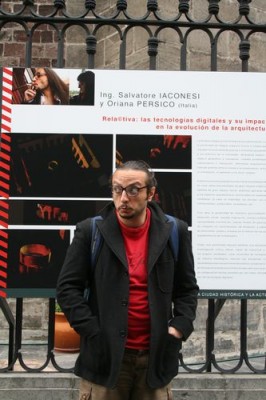just back from Mexico where me and penelope.di.pixel performed quite a few activities: a congress on the revitalization of the historical centers, a panel on virtual, participative and interactive architectures and on innovation, and an installation performance called rel:attiva presenza.
The Seventh International Meeting on the Revitalization of the Historical Centers (27-28-29th of October 2008) was organized by the INAH in collaboration with the Spanish Cultural Center in Mexico, with the Italian Cultural Institute in Mexico and with the Italian and Spanish embassies.
This year’s edition of the congress focused on the theme “today’s architecture as mediator of the historical and contemporary city“.
Many illustrous and international participants attended the meeting: Guillermo Vázquez de Consuegra (Spain), Teodoro González de León (Mexico), Felipe Leal (Mexico), Mario Coyula (Cuba), Maria Elisa Costa (Brasil), Augusto Quijano (Mexico), and an incredibly significative Carlo Aymonino, a central figure of Italy’s and international’s architectonic neorealism, providing for an incredible set of professional competences and personal histories.
We were infiltrates, just as usual, and were the only not-architects making a presentation. :)
The congress took place at the beautiful Franz Mayer Museum, with its incredible cloister, showing the evident signs of 1985’s earthquake.
What emerged from these intense 3 days of discussion was a really live debate on the conception of the city.
While most architects had no problems in conceptualizing a definition of architecture that includes the concepts of form and function, the impact of a our “little” semantic shift proved out to be quite a surprise, provoking deep interest and deep oppositions. It sure didn’t leave people unresponsive.
Our architettura rel:attiva discussed the point of view of the hybridization of practices and of disciplines, of the integration of the immaterial domains of reality brought on by the digital technologies and cultures, on collaborative practices applied to urban design and intervention, and on a general conception of a live metropolis, built from concrete and steel just as it is built on people, relationships, emotion and an active, collaborative way of life.
What we proposed, thus, was the idea of an architecture that was not only about the shapes of buildings and about their historical values, but also about the possibility for them to become tools, mediators and enablers of new social, anthropological, economic, relational, sensorial and emotional practices enabled in the contemporary era by digital technologies.
We talked about an anthropological, communicational, interactive, relational architecture. Which, for most of the classically architects was a shock.
In most cases the immaterial and virtual domains of reality enabled by technology are perceived just as tools to reconstruct and re-enact historical artifacts, to virtually rebuild, for example, the Roman Forum of the Templo Mayor in Mexico city so that people can walk through them and see/hear the “things of the past”.
Which is, by the way, a perfectly honest and interesting thing to do :) but it leaves out all of the other possibilities in terms of social, business and relational models that could be enabled by the metropolis itself if spaces integrated technologies to create a truly ecosystemic environment in which interaction possibilities could turn into instruments for politics, culture, inspiration and expression.
architettura_rel_attiva_definitiva
THIS is the PDF of the architettura rel:attiva theories. It is only in italian for now: we will translate it into English, Spanish and French in a bit, stay tuned.
check out the rewiew on artsblog.
the review on Networked Performance ( turbulence.org)
here below are some pictures from the event. Stay tuned for the report of the installation of the rel:attiva presenza, coming up next.
-
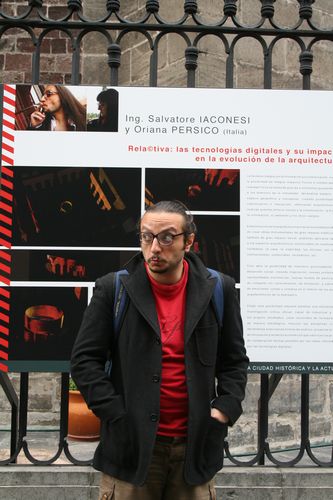
architettura rel:attiva in Mexico City
-

Centro Cultural de Espana
-
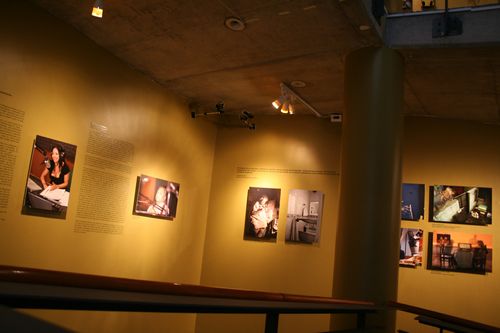
Centro Cultural de Espana
-
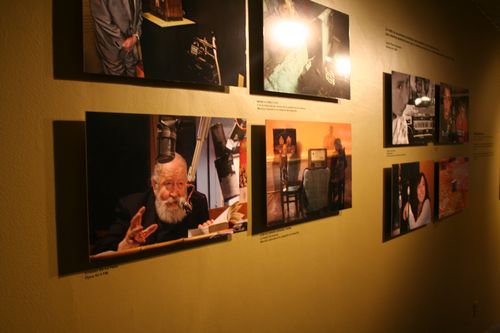
Centro Cultural de Espana
-
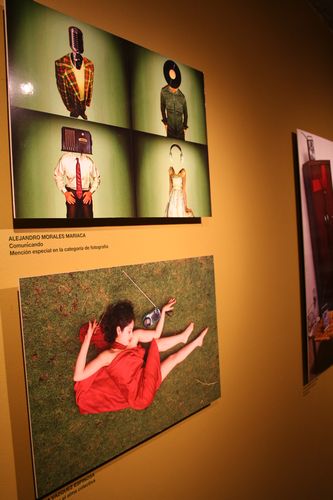
Centro Cultural de Espana
-

Centro Cultural de Espana
-
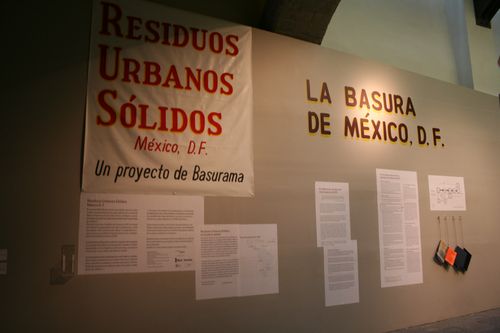
Centro Cultural de Espana
-
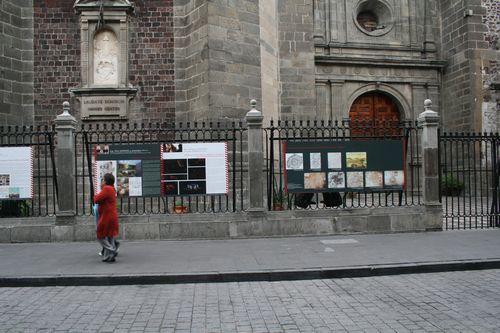
the exhibit beside the Zocalo and the Cathedral
-
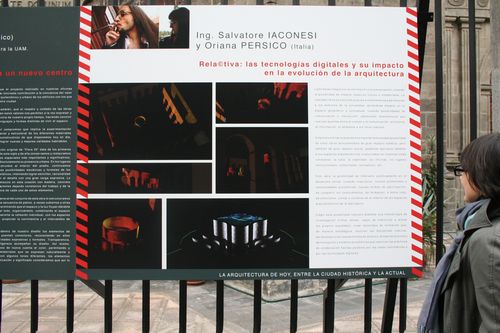
the exhibit beside the Zocalo and the Cathedral
-
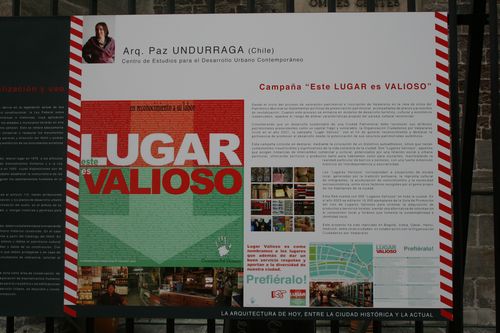
the exhibit beside the Zocalo and the Cathedral
-
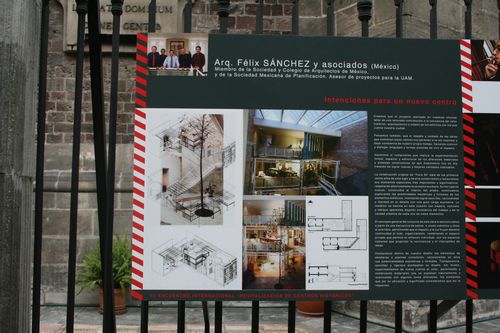
the exhibit beside the Zocalo and the Cathedral
-
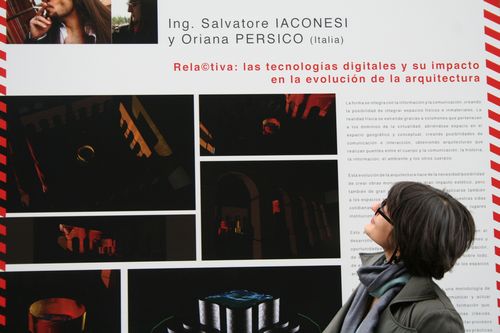
the exhibit beside the Zocalo and the Cathedral
-
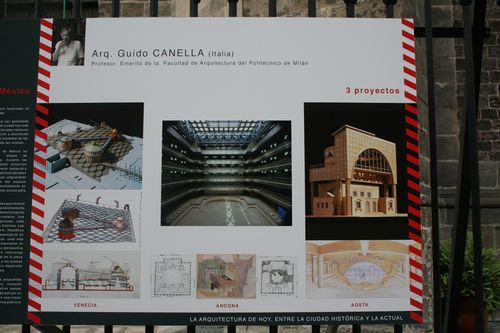
the exhibit beside the Zocalo and the Cathedral
-
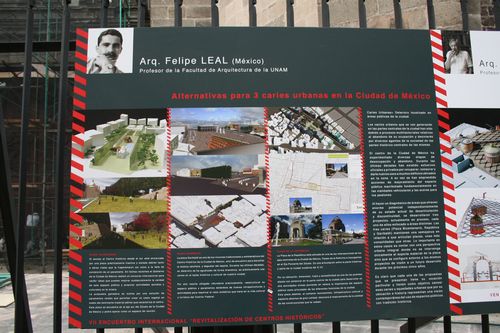
the exhibit beside the Zocalo and the Cathedral
-
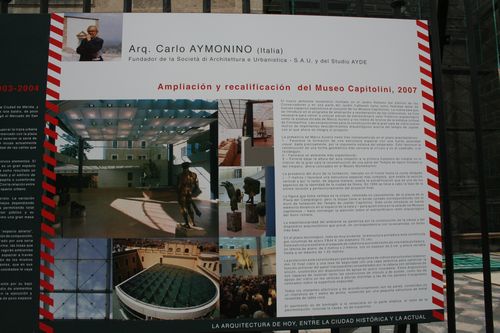
the exhibit beside the Zocalo and the Cathedral
-
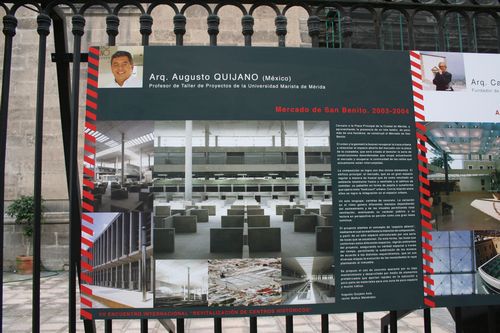
the exhibit beside the Zocalo and the Cathedral
-
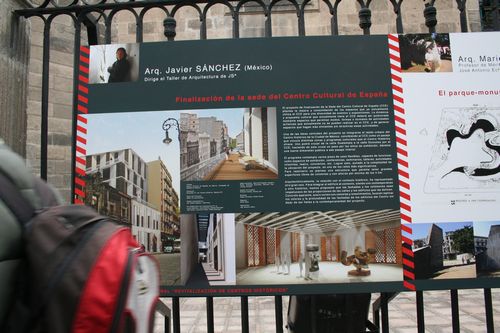
the exhibit beside the Zocalo and the Cathedral
-
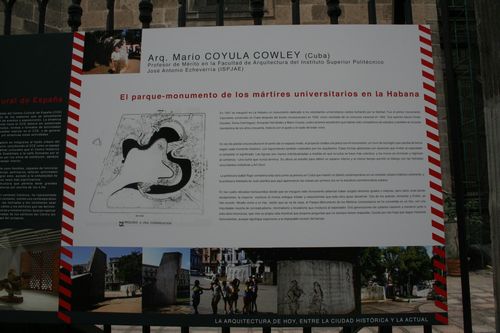
the exhibit beside the Zocalo and the Cathedral
-
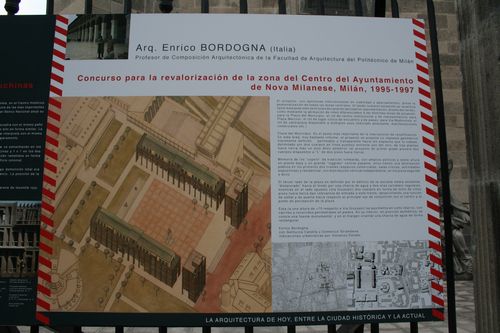
the exhibit beside the Zocalo and the Cathedral
-
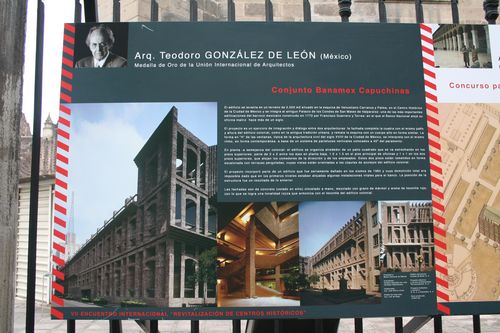
the exhibit beside the Zocalo and the Cathedral
![[ AOS ] Art is Open Source](https://www.artisopensource.net/network/artisopensource/wp-content/uploads/2020/03/AOSLogo-01.png)
